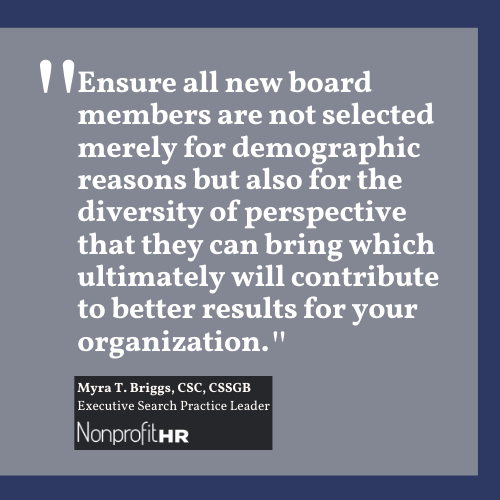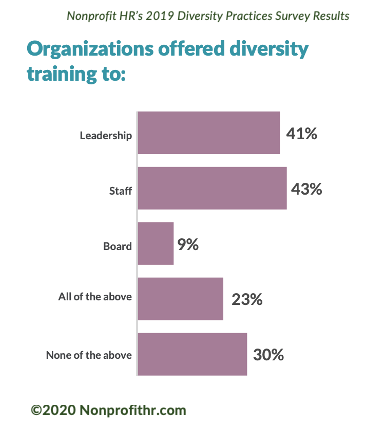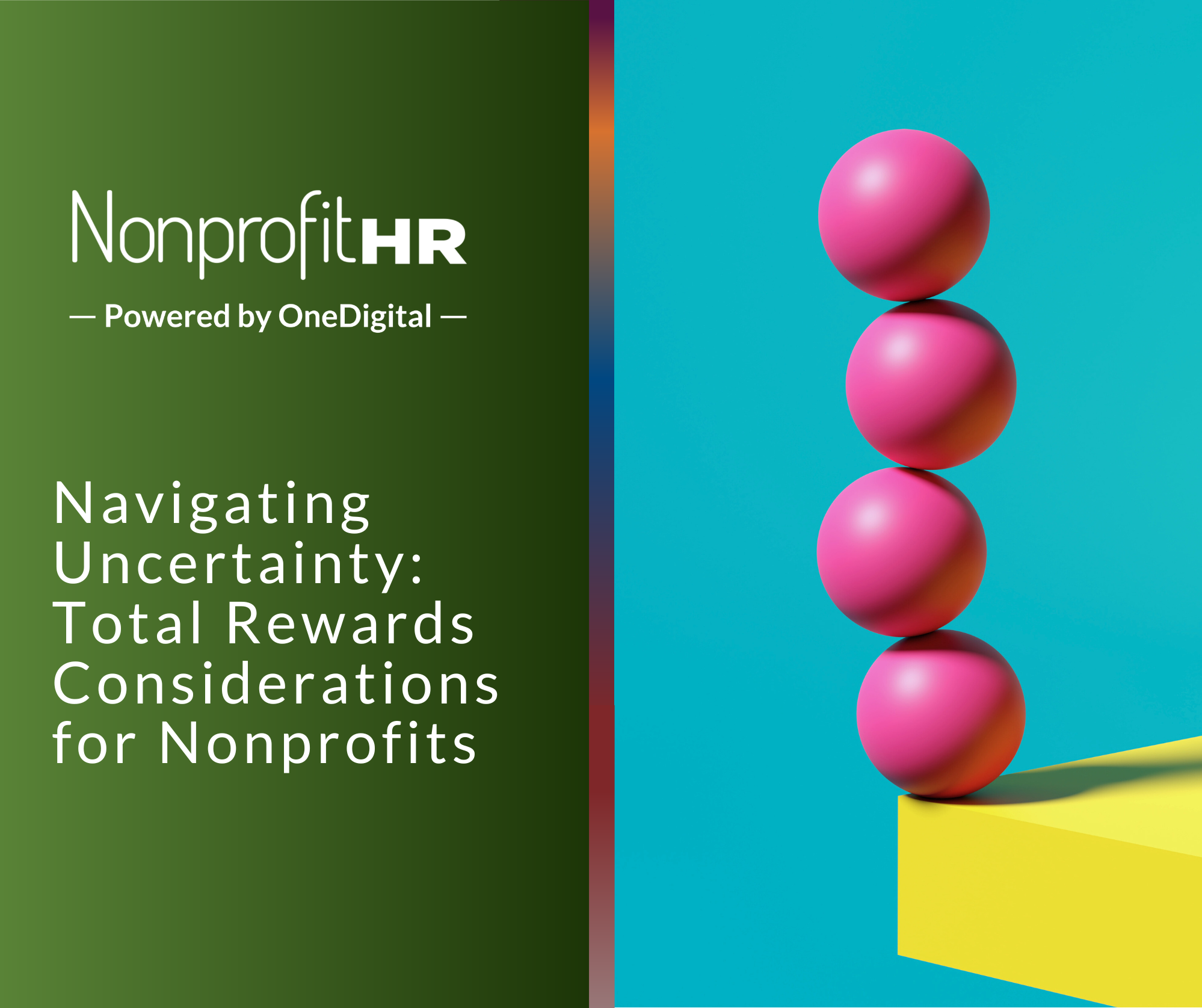WTOP: 5 ways nonprofits can…
The issue of elitism continues to exist in social sector leadership. However, this problem is not exclusive to leadership staff; the vast majority of nonprofit organizations lack diversity on their boards, as well. Lack of diversity on nonprofit boards is especially concerning because developing a diverse leadership team, recruiting and retaining a diverse staff, and serving stakeholders with diverse needs and backgrounds are all significantly more challenging with a homogenous board.
In our current political and social climate, it is more important than ever that nonprofit organizations step up to serve those in need and innovate for the health and sustainability of their missions. Developing a truly diverse and inclusive staff and board is a critical step toward achieving these goals.

- Present a formal case for board diversification. First, make your existing board members your allies. Compile demographic data about the population your organization serves and the disparities between that group and your board members. Then, present specific recommendations to further board diversity and illustrate the tangible benefits of following those recommendations for your organization and its mission.
- Address whether diverse individuals would feel included on your board.
New board members cannot be expected to simply assimilate to an organizational
and board culture that feels unwelcoming or uncomfortable. The integration of new board
members who do not “fit in” with the existing demographic or psychographic makeup of your board will require a conscious cultural shift from your existing members, and it is the responsibility of every member to strive for inclusivity. Otherwise, when more diverse board members are recruited, they may opt to leave. Shifting to a more inclusive culture is not a simple process but one that requires intention, action and to some extent, discomfort on the part of existing board members.
- Expand your board search beyond your personal circles. As you develop a pipeline of potential board members, be open to expanding recruitment to board members of varying backgrounds, perspectives, ethnicities, professions, age groups, and socioeconomic statuses. Because many boards exclusively recruit new members by word of mouth, it may be necessary to completely overhaul your organization’s board recruitment strategies to expand outside of its current network. Consider the types of people you are hoping to recruit and revisit your board pipeline accordingly. Depending on your board composition goals, you can also utilize a wide array of listing services and match programs to connect with individuals actively seeking board service opportunities like BoardSource, LinkedIn for Nonprofits, Bridgespan, and Idealist.
Establish concrete diversity goals. Once your organization chooses to be more deliberate about board diversity outreach, you can draft formal, quantitative goals based on the demographics of the communities you serve. Nonprofit inclusiveness.org’s workbook Inclusiveness at Work: How to Build Inclusive Nonprofit Organizations suggests examples of diversity goals that can be tweaked for your own organization. You may need to invest in training as well, as only 9% of respondents to Nonprofit HR’s Diversity Practices Survey offered training Board members.
To prevent a sudden, complete board overhaul that could disrupt organizational governance and strategy, you can also opt to gradually work toward broader diversity goals. Through this process, ensure all new board members are not selected merely for demographic reasons but also for the diversity of perspective that they can bring which ultimately will contribute to better results for your organization. Board diversification is a noble goal, but tokenism is not the solution.
We work with nonprofit Boards that are seeking to fill a new CEO, Executive Director, and other c-suite leadership roles. We also help Boards conduct a compensation analysis through a racial equity lens for leadership positions. Let’s talk!
Schedule time to discuss your Executive Search needs here.































